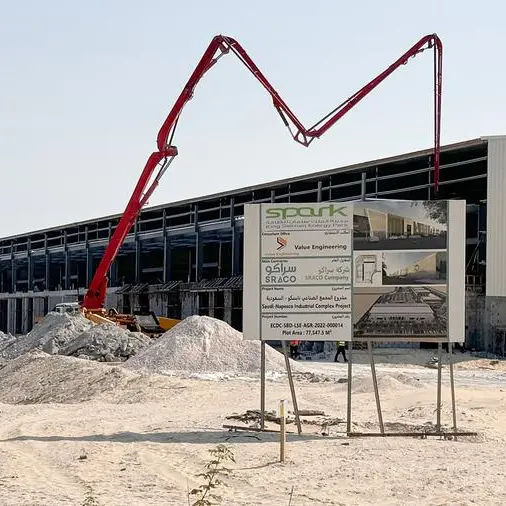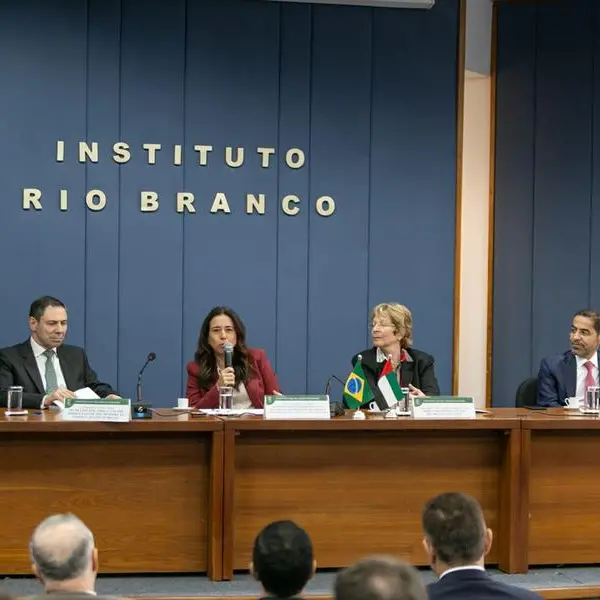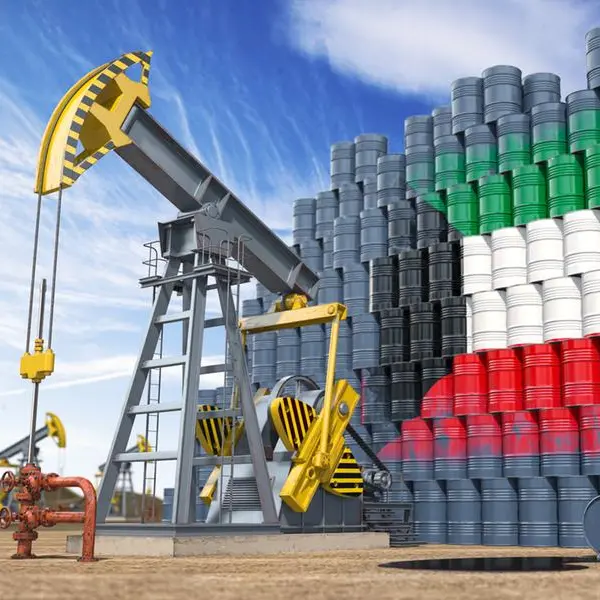PHOTO
Real GDP growth in the GCC region will moderate from an estimated 7.6% in 2022 to 3.5% in 2023, according to a new report by S&P Global Market Intelligence.
The decline is expected to be more due to lower year-on-year (y-o-y) oil output and spillovers of weaker global demand on activity momentum in the non-hydrocarbon economy than to tighter financial conditions brought about by the regional central banks mirroring the US Federal Reserve's moves on interest rates.
The monetary tightening is likely to reduce lingering inflationary pressures in the GCC region and is supportive of GCC banks’ profitability, the report said, with the intelligence provider adding that it does not expect banks to be materially impacted by uncertainty in global financial markets.
"Given that we expect at least one more rate hike from the US Fed later this year, depending on the extent to which the recent turmoil affects growth, employment, and inflation, we believe that we have not seen the last of the interest rate hikes from central banks around the GCC," said Jamil Nayeem, principal economist at S&P Global Market Intelligence.
Although average inflation in the GCC is likely to remain above long-term trends in 2023, it will further decline to 2.3% in 2024.
"We expect average annual consumer price index growth in the GCC region to decline from an estimated 3.6% in 2022 to 3.0% in 2023 due to lower global commodity prices year on year, gradually receding supply chain disruption concerns, and higher domestic interest rates."
Meanwhile, the latest rate hike will continue to support profitability in the GCC region’s banking sectors as loan-to-deposit interest rate spreads rise, supporting net interest income. Banking sectors with a higher proportion of non-interest earning Islamic bank deposits, like Saudi Arabia, will benefit more from the rate hikes, the report noted.
(Writing by Brinda Darasha; editing by Seban Scaria)























